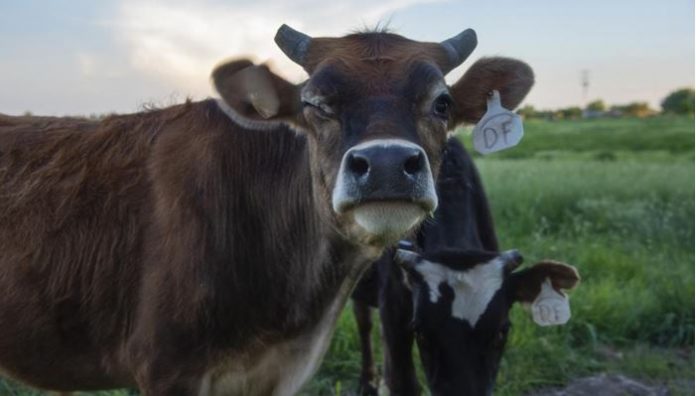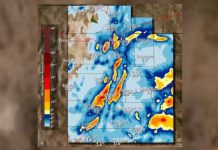
EVANSVILLE, Ind., Nov. 15 (UPI) — Farm finances continue to deteriorate, according to a new report from the Federal Reserve Bank of Kansas City, Mo.
Farm incomes were down across the Midwestern region. As a result, farmers are spending less, selling assets (like equipment and land) and taking out larger loans, the report released Thursday said.
“Long term depressed commodity prices continue to erode liquidity and equity in operations,” an unnamed banker in Eastern Wyoming said in the report. “We continue to see reluctance from most borrowers to replace equipment or expand their operations and expect further deterioration in customer financial positions.”
The quarterly survey is one of several such reports released this fall that have highlighted a fast-weakening farm economy.
The American Farm Bureau Federation released data Oct. 30 that showed farm bankruptcies were up by 24 percent over the previous year.
And, on Monday, the American Bankers Association announced that 43 percent of their agricultural borrowers were not profitable in 2019. What’s more, 82.5 percent said their profits were declining.
Farmers across the Midwest are feeling the stress.
“There is an old George Burns joke where he said, ‘I get up every morning and read the obituary column. If my name’s not in there, I eat breakfast,'” said Paul Overby, a North Dakota farmer. “I think for a lot of farmers today, you can switch that from ‘obituaries’ to ‘auction sales’ and it would capture the mood.
“Unfortunately there already has been debt consolidation, land sale/lease-backs and asset reductions going on for the past few years. Options are running out.”
It is the same almost elsewhere in the region.
“I am hearing stories of ‘lender encourages’ asset sales and stiffer collateral requirements” to obtain loans, said Blake Hurst, the president of the Missouri Farm Bureau.
The Fed’s report cited the poor crop production and reduced international trade as key reasons for the steady decline in farm income and credit conditions.
This year, extensive rain followed by early fall blizzards in the Midwest have hindered — or in some cases obliterated — harvests. At the same time, commodity prices have been low for several years, and dropped further in 2018 when the trade war with China began, slowing trade with what had been America’s leading agricultural buyer.
“I don’t think you can understate the severity of the challenge the trade dispute created,” Matt Perdue, the government relations director at the National Farmers Union, told UPI in September. “It was a situation where we were already down, and then you find out the bottom is falling out of the commodities market.”
In response to the trade loss, the Trump administration as given farmers billions of dollars in aid since 2018.
That money has kept many farms afloat, the reserve bank’s report said, though it has not been enough to stop keep the farm economy from declining.





